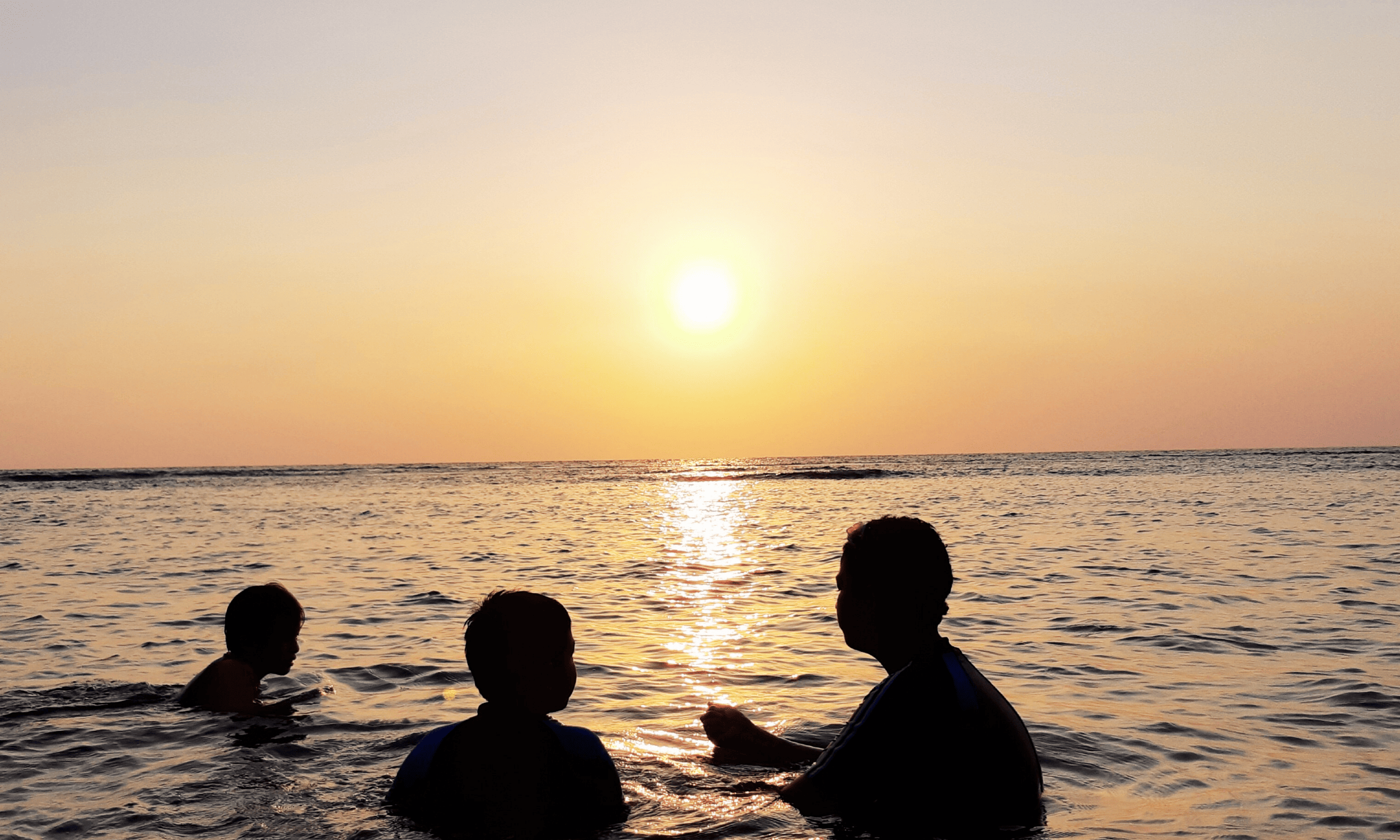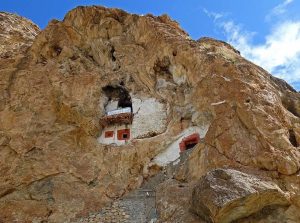
In the age of personalization, why do most travel itineraries still follow the same tired format — “Top 10 Places to See,” “48 Hours in…” or “Must-Do Activities”? While these lists are useful, they often ignore the most important factor in travel planning: how you feel.
What if instead of chasing trendy landmarks, you built a trip around your emotions and psychological needs — designing a journey that nourishes your mental health, heals past exhaustion, or awakens creativity?
Welcome to the era of emotion-driven itineraries — travel planning rooted in psychology, not popularity.
Why Your Emotions Should Guide Your Travels
We don’t all travel for the same reasons. Some need an escape. Others seek clarity. Many just want to feel alive again.
Traditional itineraries assume everyone wants the same experiences. Emotion-driven itineraries ask a more powerful question:
“What do I emotionally need right now — and where can I go to feel that?”
By tuning into your psychological state, your travel can go from sightseeing to soul-seeing.
Common Psychological States — and the Trips to Match
1. 😓 Burned Out or Overwhelmed?
Emotion Needed: Rest, grounding, silence
Itinerary Type: Slow travel
Best Destinations:
- Remote countryside stays in Tuscany, Italy
- Off-grid cabins in Finland or Canada
- Coastal fishing villages in Portugal
Suggested Activities: - Forest walks, journaling, no-itinerary days
- Gentle yoga or silent mornings
2. 😢 Emotionally Drained or Healing from Loss?
Emotion Needed: Peace, nature therapy, softness
Itinerary Type: Gentle nature immersion
Best Destinations:
- Cherry blossom season in Japan
- Tea plantation stays in Sri Lanka
- Thermal hot springs in Iceland or Hungary
Suggested Activities: - Daily nature rituals (sunrise walks, stargazing)
- Visiting places with calming aesthetics
3. 🧠 Stuck in a Rut or Creatively Blocked?
Emotion Needed: Inspiration, stimulation, freshness
Itinerary Type: Creative cultural reset
Best Destinations:
- Kyoto’s temples or Marrakesh’s markets
- Berlin’s underground art scene
- Mexico City’s street art and local makers
Suggested Activities: - Take a workshop (pottery, cooking, painting)
- Visit hidden museums, local bookstores, cafés
4. ❤️ Feeling Disconnected from Yourself or Others?
Emotion Needed: Connection, joy, playfulness
Itinerary Type: Heart-expanding exploration
Best Destinations:
- Music-filled cities like New Orleans or Havana
- Group treks in Nepal or Patagonia
- Communal cooking retreats in Greece
Suggested Activities: - Dance classes, open-mic nights, shared meals
- Volunteering for local causes
How to Design an Emotion-Driven Itinerary
- Start With a Feeling, Not a Location
Ask yourself: What do I need more of in my life right now? Calm? Excitement? Solitude? Connection? - Choose Destinations That Reflect That Emotion
Don’t chase bucket lists. Pick places with the energy and pace that matches your emotional goal. - Craft a Flexible Itinerary
Emotion-driven travel thrives on flexibility. Leave space for spontaneous detours and slow mornings. - Integrate Rituals That Support Your Psyche
Create small daily habits on your trip — morning meditation, unplugged evenings, sketching sunsets — that support emotional well-being.
Bonus: The Psychology Behind Emotion-Based Travel
This travel trend is rooted in real science. Psychological needs like autonomy, belonging, creativity, and rest are part of Maslow’s Hierarchy of Needs and Self-Determination Theory. Meeting these needs through travel can lead to greater happiness, clarity, and resilience.
Emotion-driven itineraries align your external world with your internal world — and that’s where transformation happens.
Final Thoughts
The most meaningful journeys don’t always take you the farthest. Sometimes, they take you deeper into yourself.
Next time you’re planning a trip, pause before you book. Forget the trending hashtags and top-10 lists. Instead, ask:
“What does my soul need right now — and where can I find it?”
Travel isn’t always about where you go. Sometimes, it’s about how you feel when you get there.



